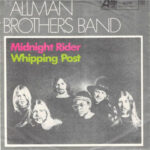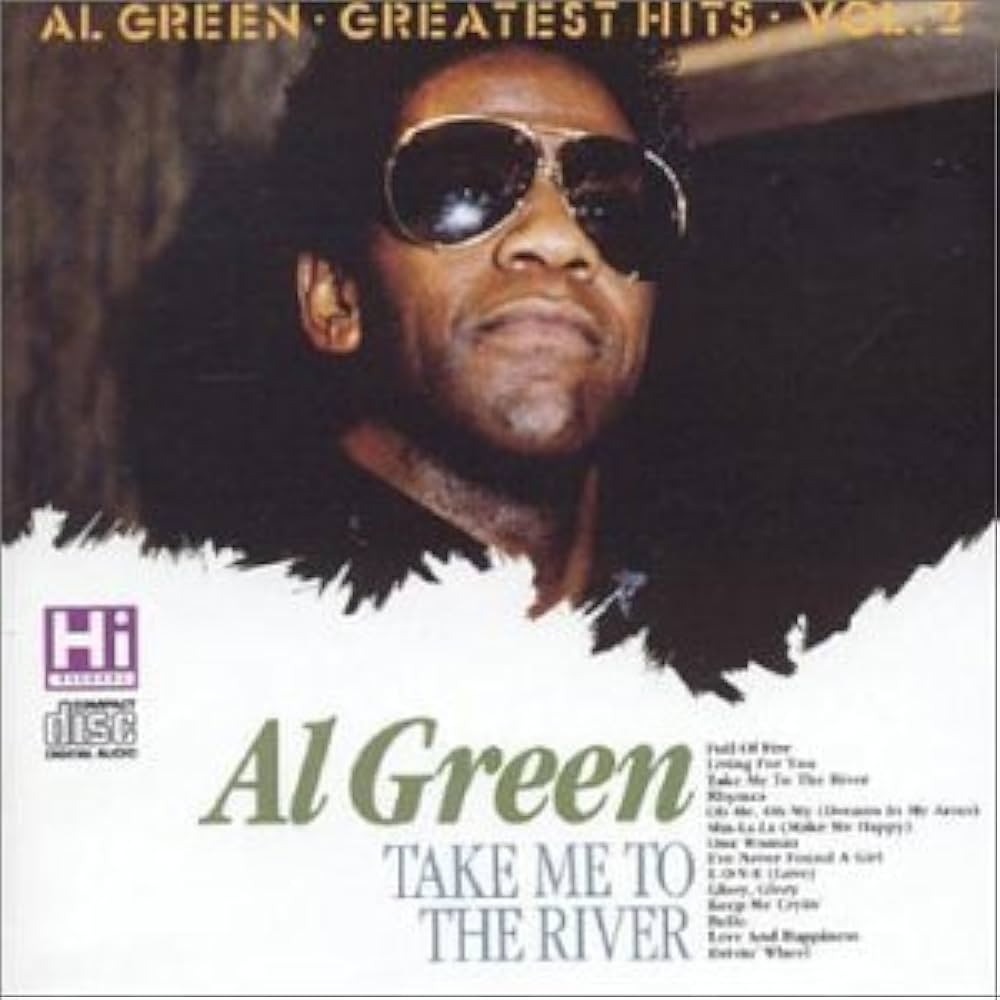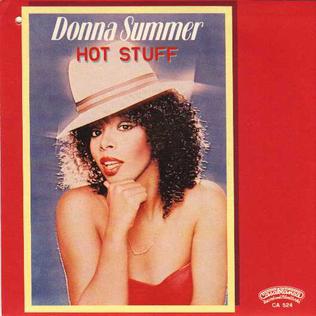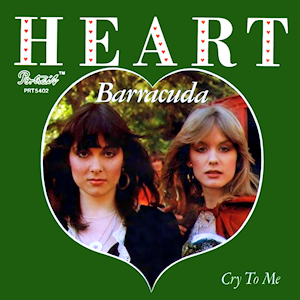 The Allman Brothers Band’s “Midnight Rider” is one of those timeless tracks that captures the spirit of Southern rock, the rawness of personal struggle, and the freedom of the open road. Released in 1970 on the band’s acclaimed album Idlewild Sessions, though widely associated with The Allman Brothers Band’s Idlewild era and live performances, the song exemplifies the band’s ability to fuse blues, rock, and country influences into something that feels simultaneously intimate and epic. With Gregg Allman’s soulful vocals, Duane Allman’s understated guitar work, and the band’s signature tight, yet loose-knit instrumentation, “Midnight Rider” remains a high watermark in the canon of Southern rock, a track that embodies both rebellion and reflection.
The Allman Brothers Band’s “Midnight Rider” is one of those timeless tracks that captures the spirit of Southern rock, the rawness of personal struggle, and the freedom of the open road. Released in 1970 on the band’s acclaimed album Idlewild Sessions, though widely associated with The Allman Brothers Band’s Idlewild era and live performances, the song exemplifies the band’s ability to fuse blues, rock, and country influences into something that feels simultaneously intimate and epic. With Gregg Allman’s soulful vocals, Duane Allman’s understated guitar work, and the band’s signature tight, yet loose-knit instrumentation, “Midnight Rider” remains a high watermark in the canon of Southern rock, a track that embodies both rebellion and reflection.
“Midnight Rider” resonates because it is more than a song—it is a narrative, a mood, and an experience. Its lyrics tell a story of escape, perseverance, and determination, while the music creates an atmosphere of tension and motion, reflecting the life of someone constantly on the move, trying to stay ahead of trouble while searching for freedom. Its enduring popularity is not only due to the band’s musicianship but also the universality of the themes it touches on: survival, longing, and the yearning for autonomy.
The Allman Brothers Band at Their Creative Peak
By 1970, The Allman Brothers Band had begun to define the genre of Southern rock. Hailing from Jacksonville, Florida, the band combined elements of blues, jazz, country, and rock into a unique, improvisational style. Their ability to blend tight compositions with extended jam structures distinguished them from their contemporaries, creating music that was both technically impressive and emotionally resonant.
“Midnight Rider” arrived during this creative peak, a period that also produced classics like “Whipping Post,” “In Memory of Elizabeth Reed,” and “Statesboro Blues.” Unlike the extended instrumental jams for which the band became famous, “Midnight Rider” is compact and deliberate. Its brevity and focus make it accessible, yet its subtle instrumental sophistication ensures it rewards careful listening. It is a showcase for the band’s musical restraint, demonstrating that sometimes less is more when conveying emotional depth.
Writing and Inspiration
Gregg Allman wrote “Midnight Rider” during a period of personal and professional turbulence. Inspired by feelings of urgency, evasion, and the need for freedom, the lyrics reflect the perspective of someone determined to press forward, despite obstacles and threats. The song’s famous opening lines capture this tension:
“Well, I’m not gonna let ‘em catch me, no
Not gonna let ‘em catch the midnight rider”
These words immediately establish a narrative of flight and defiance. The “midnight rider” is both literal and metaphorical—a traveler evading danger, but also an emblem of independence and self-determination. The imagery of night and travel taps into the broader American mythos of the open road, the outlaw, and the search for personal freedom.
The song’s lyrics balance urgency with introspection. Lines like:
“And I’ve gone by the point of caring, and I’ve run all my earthly stores
My friends see the road I’m walking and they watch me from the door”
convey both isolation and resolve. The listener senses the protagonist’s struggle and determination, while also feeling the weight of the world pressing in—a balance that gives the song its emotional resonance.
Musical Composition and Arrangement
Musically, “Midnight Rider” is deceptively simple. The track opens with a hypnotic, understated acoustic guitar riff, immediately setting a contemplative mood. Duane Allman’s slide guitar enters subtly, weaving mournful lines that accentuate the song’s themes of evasion and longing. The rhythm section, anchored by Berry Oakley on bass and Butch Trucks and Jaimoe on drums, provides a steady, restrained pulse that drives the song forward without overwhelming its delicate tension.
Gregg Allman’s keyboard work adds texture and depth, filling spaces between guitar lines with subtle melodic flourishes. His Hammond organ provides warmth and resonance, enhancing the track’s haunting atmosphere. The interplay between acoustic and electric instruments, combined with the restrained but effective rhythm section, creates a sonic landscape that mirrors the song’s narrative—always moving, always alert, but tinged with vulnerability.
One of the song’s defining qualities is its dynamic subtlety. Unlike some of the band’s more bombastic tracks, “Midnight Rider” thrives on minimalism. Each instrument has space to breathe, and the focus remains on Gregg Allman’s vocals and the song’s narrative arc. This restraint is a testament to the band’s musical maturity and emotional intelligence, demonstrating their ability to convey tension and motion without relying on volume or complexity alone.
Vocals and Emotional Resonance
Gregg Allman’s vocals are the heart of “Midnight Rider.” His voice, simultaneously gravelly and soulful, conveys both urgency and weariness. Unlike more theatrical rock singers, Allman delivers the lyrics with a conversational intimacy, drawing listeners into the story. The subtle inflections and phrasing evoke the emotional state of someone on the run, making the protagonist’s experiences feel immediate and real.
The repeated refrain—“I’m a midnight rider”—functions as both a statement of identity and a mantra of perseverance. It is a vocal hook that remains memorable while reinforcing the song’s themes of motion, escape, and resilience. Allman’s delivery transforms the lyrics from mere storytelling into lived experience, creating empathy and connection with the listener.
Production and Sonic Atmosphere
Produced by the band with assistance from industry professionals, “Midnight Rider” reflects the Allman Brothers’ commitment to clarity and emotional impact. The recording emphasizes natural acoustics, highlighting the warmth of guitars, the resonance of the Hammond organ, and the subtle dynamics of the rhythm section. The mix is spacious, allowing the instruments to interact organically while keeping Gregg Allman’s vocals front and center.
The result is a track that feels immediate and intimate, as though the listener is riding alongside the protagonist under the cover of night. The production enhances the song’s narrative, allowing tension and movement to emerge naturally from the music rather than being imposed artificially.
Cultural Impact and Legacy
“Midnight Rider” has become one of The Allman Brothers Band’s most celebrated songs, widely recognized as a classic of Southern rock. Its appeal extends beyond genre boundaries, resonating with rock, blues, and Americana audiences alike. The song has been covered by numerous artists, including Gregg Allman himself, as well as luminaries like Willie Nelson, Gregg Allman solo performances, and even folk-rock interpretations. Each version highlights the track’s versatility and enduring relevance.
The song’s narrative of resilience and movement has made it an anthem for personal determination and freedom. It is frequently cited in discussions of American rock songwriting and has influenced generations of musicians seeking to capture both musical sophistication and emotional authenticity.
Live Performances and Audience Connection
“Midnight Rider” has consistently been a highlight of The Allman Brothers Band’s live shows. Its hypnotic rhythm, emotive melody, and narrative structure lend themselves to improvisation, allowing the band to extend the song while maintaining its emotional core. Live performances often feature Duane Allman’s slide guitar lines or their reinterpretations by other band members, emphasizing the track’s haunting and expansive qualities.
Audience reactions to the song are often visceral. Its themes of freedom, pursuit, and self-determination resonate with listeners, creating a communal connection that transcends the performance itself. The track functions both as a story and a shared experience, drawing listeners into the world of the midnight rider.
Why ‘Midnight Rider’ Endures
The enduring power of “Midnight Rider” lies in its fusion of narrative, emotion, and musical subtlety. It is a song that communicates a story with economy and impact, balancing tension and release, urgency and reflection. Its instrumentation is sophisticated yet unpretentious, providing a perfect canvas for Gregg Allman’s evocative vocals.
Unlike many era-specific tracks, it has not dated. The song’s themes of personal struggle, determination, and the search for freedom remain relevant, and its sonic qualities—warm guitars, soulful vocals, steady rhythms—continue to appeal to contemporary audiences. Its ability to be both intimate and expansive ensures its place as a classic not just in Southern rock, but in the wider landscape of American music.
Influence on Music and Popular Culture
“Midnight Rider” has had a lasting impact on both Southern rock and broader musical traditions. It exemplifies the power of restraint in songwriting, demonstrating that emotional and narrative weight can be conveyed through subtle instrumentation and vocal delivery. Musicians in rock, country, blues, and Americana cite the track as a model for blending storytelling with musical sophistication.
Its themes of evasion, independence, and perseverance resonate culturally as well. The “midnight rider” archetype has appeared in literature, film, and other musical works, drawing on the song’s imagery of movement, risk, and self-determination. The track has also appeared in countless compilations and “best-of” lists, securing its status as a seminal work of American rock.
Conclusion: Riding Into the Night
“Midnight Rider” remains one of The Allman Brothers Band’s most enduring and beloved works. It is a song that captures the tension between freedom and pursuit, solitude and connection, motion and reflection. Through Gregg Allman’s soulful vocals, Duane Allman’s expressive guitar work, and the band’s understated yet precise instrumentation, the song conveys a narrative that is both specific and universal—a story of resilience, identity, and the pursuit of freedom.
Its hypnotic rhythm, evocative lyrics, and timeless musicality ensure that “Midnight Rider” will continue to resonate with listeners for generations to come. It is a song that not only exemplifies Southern rock at its finest but also speaks to the broader human experience: the desire to move forward, to escape constraint, and to ride boldly into the unknown.
“Midnight Rider” is more than a song—it is a journey, a testament to freedom, and a classic anthem of American rock that continues to inspire and captivate listeners, night after night.


